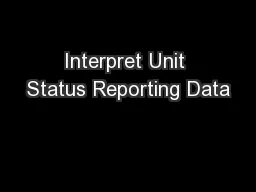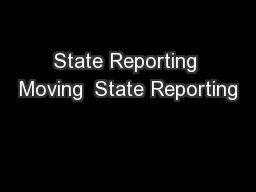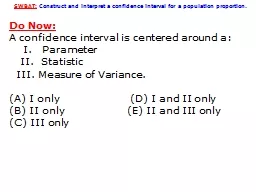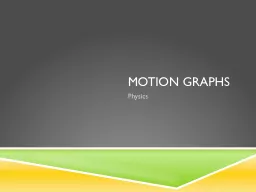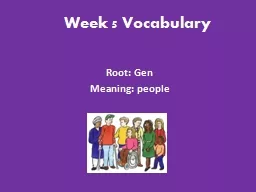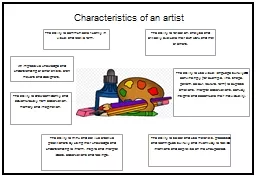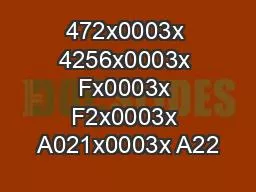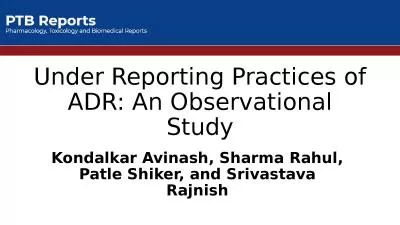PPT-Interpret Unit Status Reporting Data
Author : giovanna-bartolotta | Published Date : 2018-12-06
June 2018 Adjutant General School Captains Career Course 1 Terminal Learning Objective Action Interpret Unit Status Reporting Data Conditions Senior HR Technicians
Presentation Embed Code
Download Presentation
Download Presentation The PPT/PDF document "Interpret Unit Status Reporting Data" is the property of its rightful owner. Permission is granted to download and print the materials on this website for personal, non-commercial use only, and to display it on your personal computer provided you do not modify the materials and that you retain all copyright notices contained in the materials. By downloading content from our website, you accept the terms of this agreement.
Interpret Unit Status Reporting Data: Transcript
Download Rules Of Document
"Interpret Unit Status Reporting Data"The content belongs to its owner. You may download and print it for personal use, without modification, and keep all copyright notices. By downloading, you agree to these terms.
Related Documents

